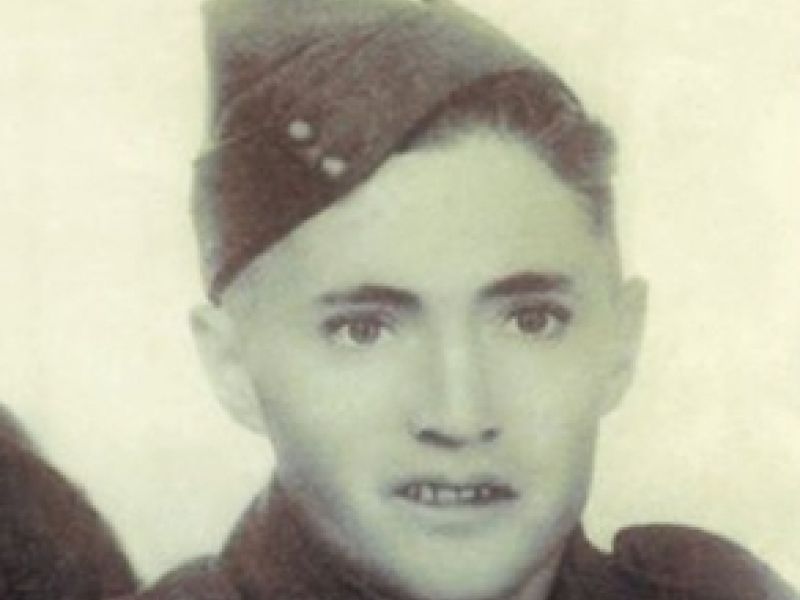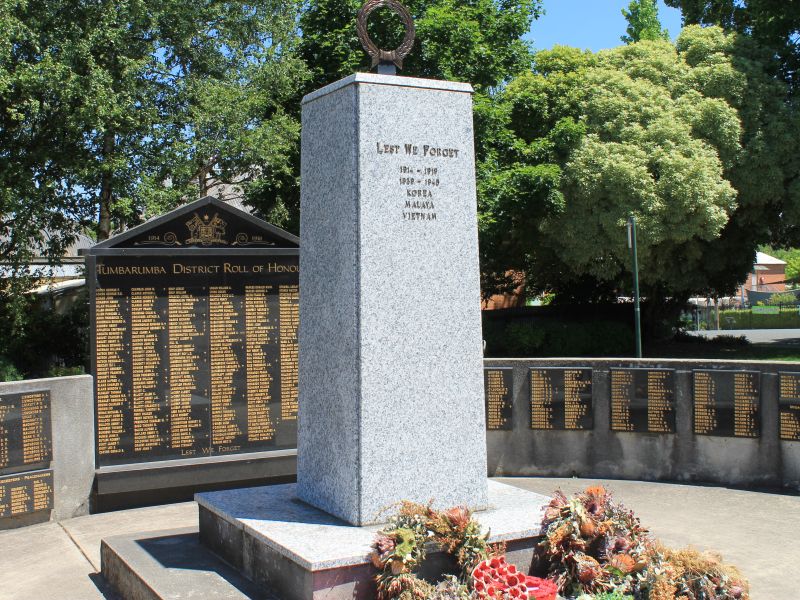William John Matheson
William John Matheson was born in Tumbarumba, NSW on the 12th of August 1917, the sixth child of Thomas and Elizabeth (née Portors) Matheson.
William enlisted on the 19th of June 1940 at Wagga Wagga (the day before his older brother Richard enlisted). Three of his brothers, George, Richard, and Thomas would also enlist. Richard would be killed in action on the 31st of October, 1942, at El Alamein, whilst his youngest brother, Thomas, would become a prisoner of war of the Japanese.
William would list his sister Amy as his next of kin due to the death of his mother in 1919 and his father in 1928. He would be allocated the service number NX35398 and become a private in the 2/19th Infantry Battalion.
The 2/19th Infantry Battalion opened its headquarters at Walgrove Camp, west of Sydney on the 15th of July, 1940. The battalion’s recruits were drawn from the Monaro and Riverina regions of Southern NSW, although it also included small drafts of men from Sydney and New Guinea. It trained at Walgrove, Ingleburn, and Bathurst before embarking for Singapore, as part of the 22nd Brigade of the 8th Australian Division, on the 2nd of February, 1941.
Immediately upon arrival in Singapore on the 18th of February, the 2/19th moved to Seremban in southern Malaya, where it would train for service under tropical conditions. The battalion remained in the area until early September, rotating between Seremban and Port Dickson on the coast. It spent most of September based around the airfield at Kluang and on the 3rd of October, began to move to Jemaluang on the east coast. Jemaluang was the site of a vital road junction and, with Japan’s involvement in the Second World War becoming increasingly likely, much of the battalion’s time was spent preparing defensive positions.
The battalion stood to arms on the night of December the 6th, but a month would pass before the first of its men would see action. On the 7th of January, 1942, D Company was detached to form half a special force deployed to delay the Japanese approach to Endau, a town further north along the coast. One of its platoons was involved in a clash with the Japanese on the 14th of January. D Company returned to the battalion in time for its redeployment to the west coast on the 17th of January. The 2/19th was rushed forward to reinforce the 2/29th at Bakri. It held the vital crossroad there throughout the 19th, long enough to allow for the withdrawal of the remnants of the 2/29th and the 45th Indian Brigade from the direction of Muar. The Japanese had already outflanked the 2/19th’s position, however, early on the morning of the 20th the CO (commanding officer) of the 2/19th Battalion, Lieutenant-Colonel Charles Anderson (who would receive the Victoria Cross for his actions during these operations) decided that a general withdrawal must be made along the one road leading from Bakri to Parit Sulong and then to the Simpang River. What followed was a rearguard of epic proportions.
The scene was described by Captain Victor Brand, the battalion medical officer of the 2/29th Battalion who was moving alongside the 2/19th.
“Fighting was heavy, automatic fire seemed to come from all directions. Mortaring was constant and an artillery barrage began to open up. The area became a frightful shambles. Wounded and killed were lying everywhere. Wounded were being twice and thrice wounded in the trucks. There were fearful sights.”
It was during the first day of this withdrawal that William was killed in action. As is indicated on the headstone, his actual resting place is unknown.
William is also remembered at the Australian War Memorial Roll of Honour, the Tumbarumba Memorial, and the Rosewood Memorial Gates. For his service, he was awarded the Pacific Star, the Defence Medal, the War Medal 1939-1945 and the Australian Service Medal 1939-1945.

 Stephen Learmonth
Stephen Learmonth